
With the week’s issue of TIME focusing on how smart homes are transforming lives, LightBox looks at a project that saw Joachim Ladefoged transform not only his approach to photography but his view of his own past, through a powerful photographic exploration of his childhood homes.
When photographer Joachim Ladefoged and his wife had their first child in 2001, it would change both of their lives. Just two months later, the 9/11 attacks took place and then-new father Ladefoged, known for his powerful reportage photography filed from 60 countries, decided to radically change how he approached much of his work.
“Many of my friends went to the war in Afghanistan,” he tells TIME. “But I didn’t want my kid to lose a father, so I didn’t go. I was thinking – like so many other parents at that time – ‘what kind of world are we going to face now?'”.
Instead of grabbing his camera and heading into a conflict zone, he returned to his native Denmark and started producing “slower, more introspective work.” After My Time, the project that emerged from this process, is his attempt to “take stock” of his history and to examine the personal, cultural and historical legacy he might pass on to his child.
Between 2002 and 2014, Ladefoged visited the many homes he grew up in (his family moved around a lot), the barns that sat out the back, the roadsides nearby. Access wasn’t always easy but he nearly always got in, and built up a rapport with the new residents. The project itself changed direction, too. In 2007, he scrapped most of the photographs he had made since 2002, because he found that despite slowing down he was still shooting in a “reportage style”. So he got out his tripod and slowed down even further.
The result is a series of visually dense, sometimes haunting images that hide as much as they reveal: We see portraits of the residents of his former homes, but can often barely make out their faces, we see roads that seem to vanish into nothingness, and bucolic-seeming houses that have been obscured by condensation on his lens.
After My Time is also informed, he says, by his crippling childhood experience with arthritis. In 1987 at the age of 16 – and with dreams of being a soccer star – he was diagnosed with the condition and was often confined to a wheelchair. Ladefoged became, involuntarily, a meticulous onlooker in a world moving around him. “Home” might be no rosy concept in this work, but nor is it something to be feared. It is, perhaps, something to be carefully observed.
“My meeting with the past turned out to be more difficult than I had imagined,” as Ladefoged says in an artist’s statement tied to a previous exhibition of the work. “It was worth it though. It was a journey back in time to find my own roots; a journey that taught me to look ahead by looking back.”
Joachim Ladefoged is a photographer whose work has appeared in TIME, The New York Times Magazine, The New Yorker, and Newsweek, among others.
Richard Conway is reporter/producer for TIME LightBox.
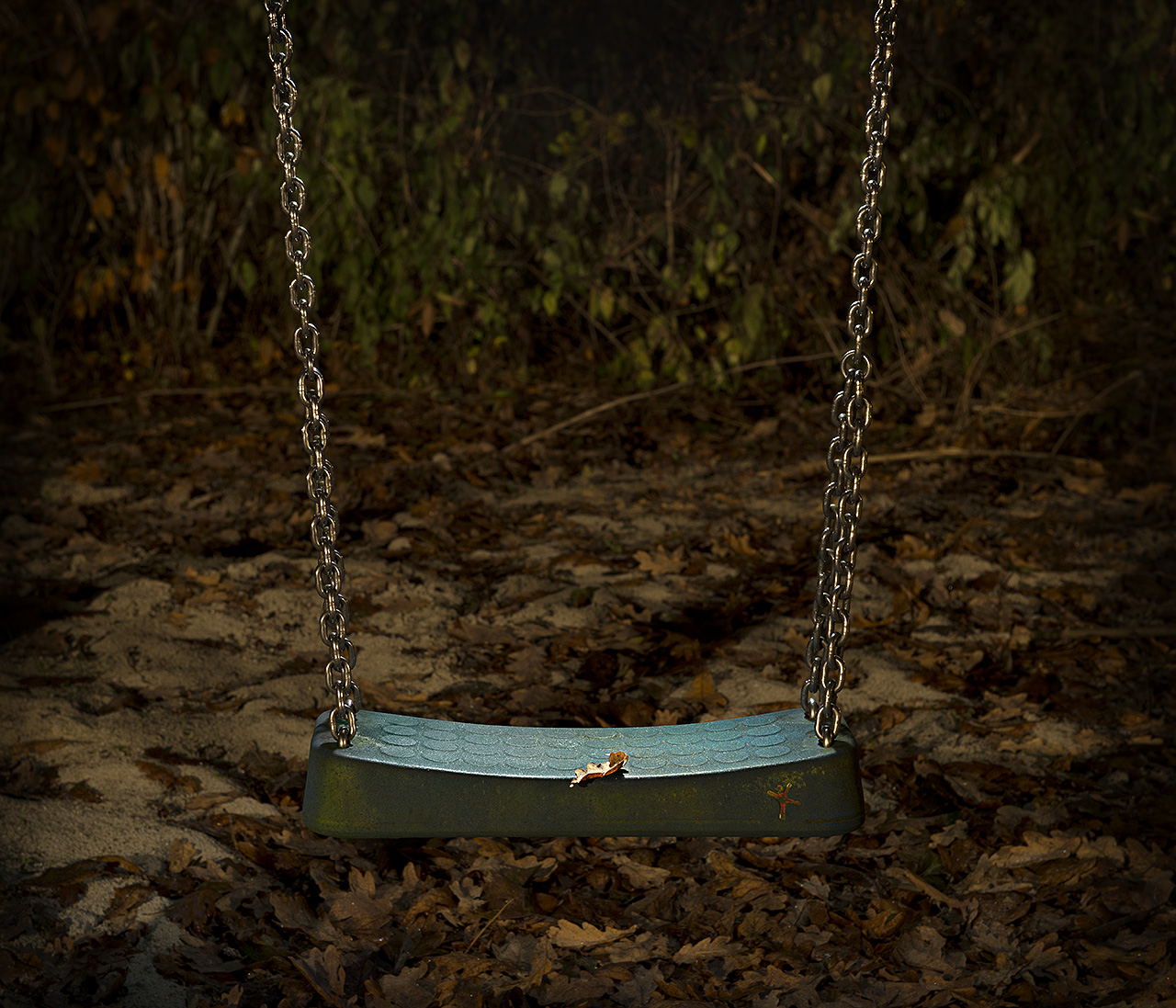
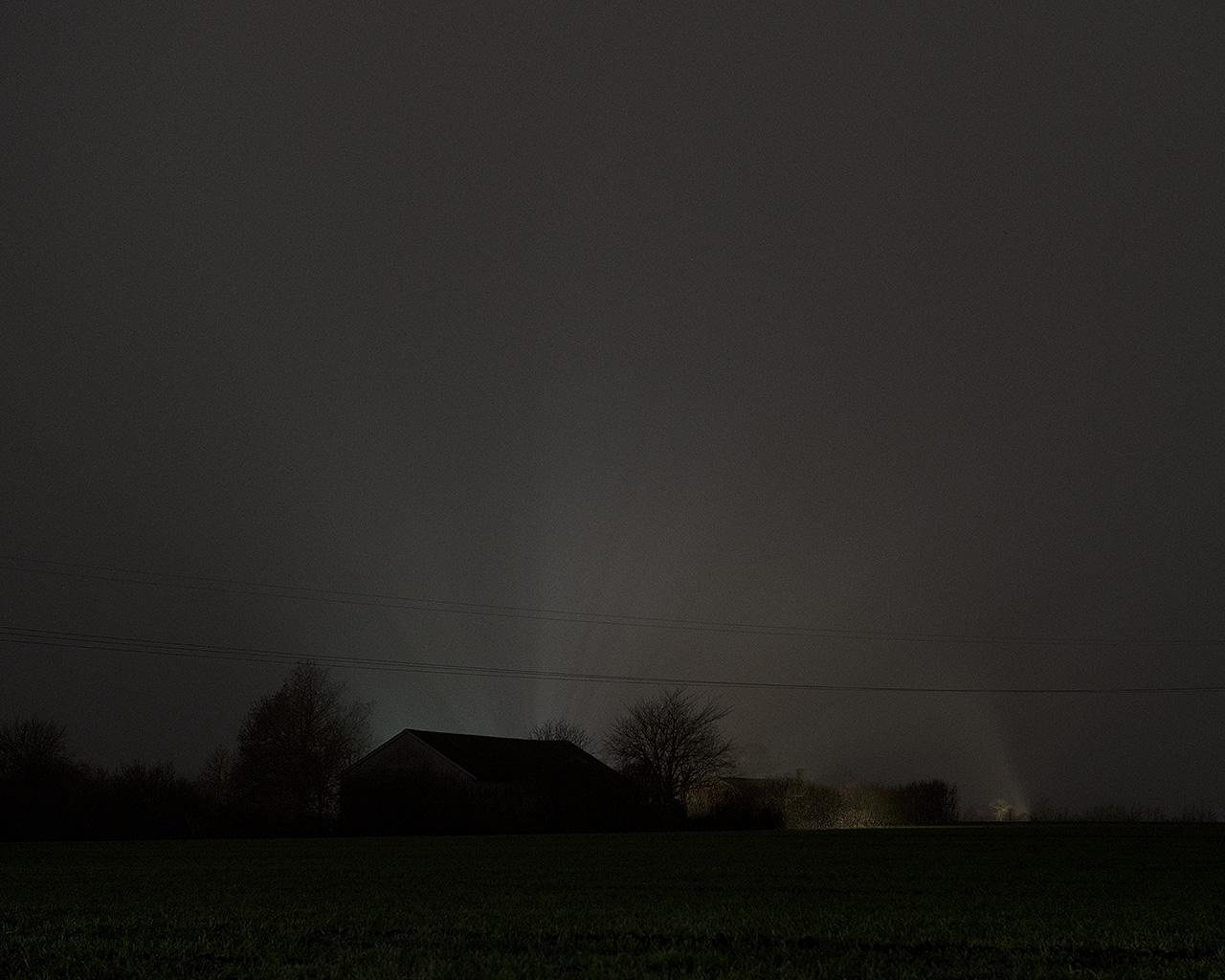
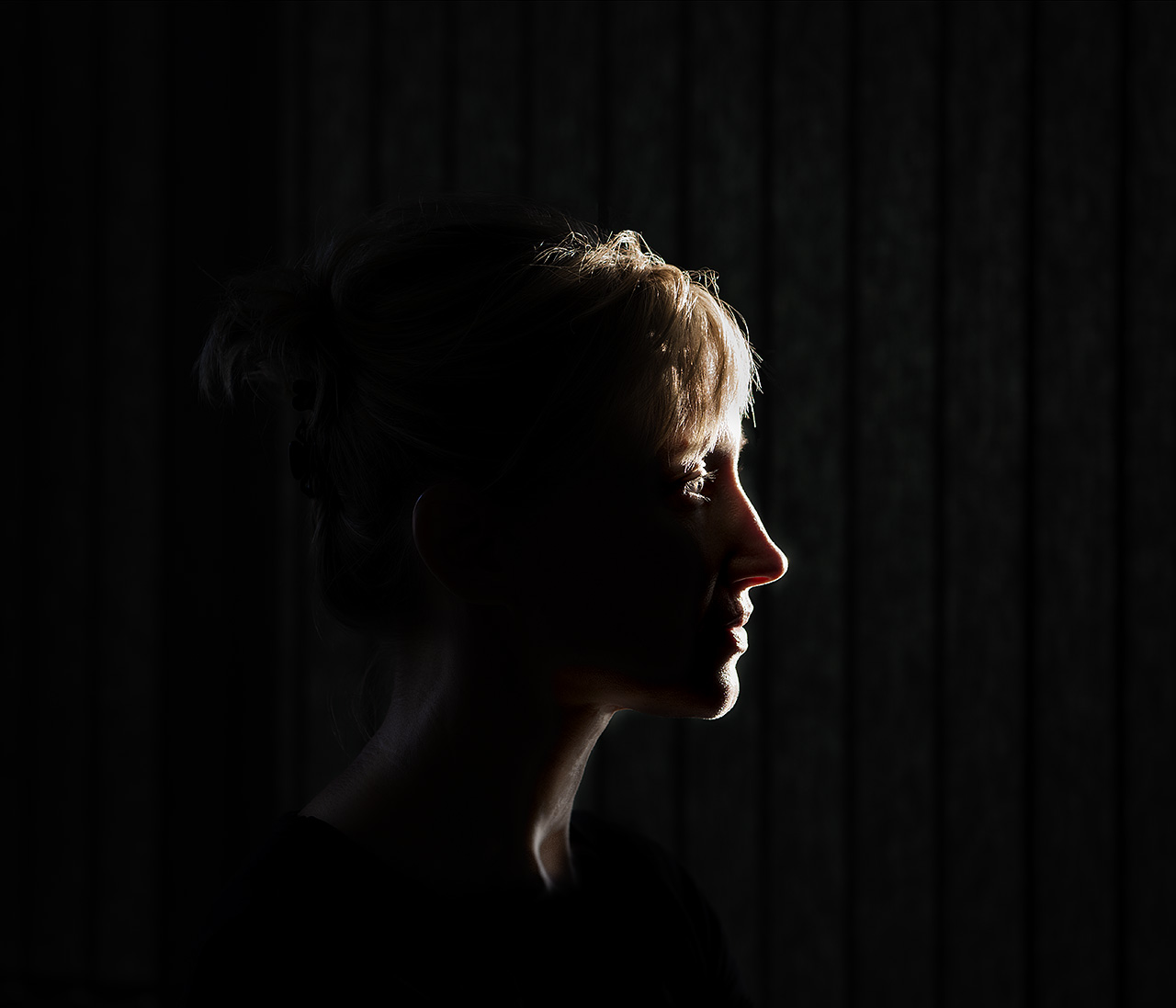
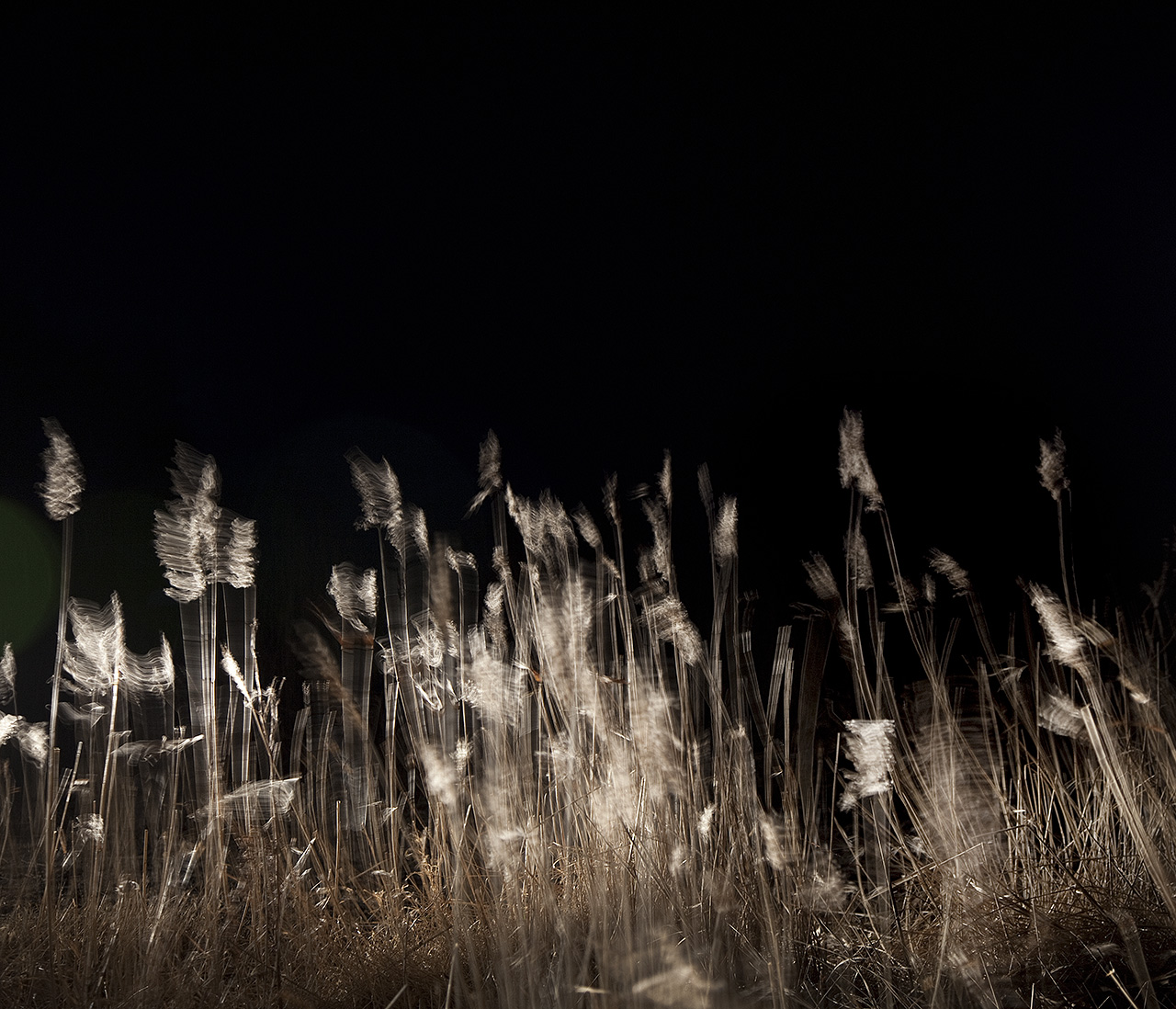
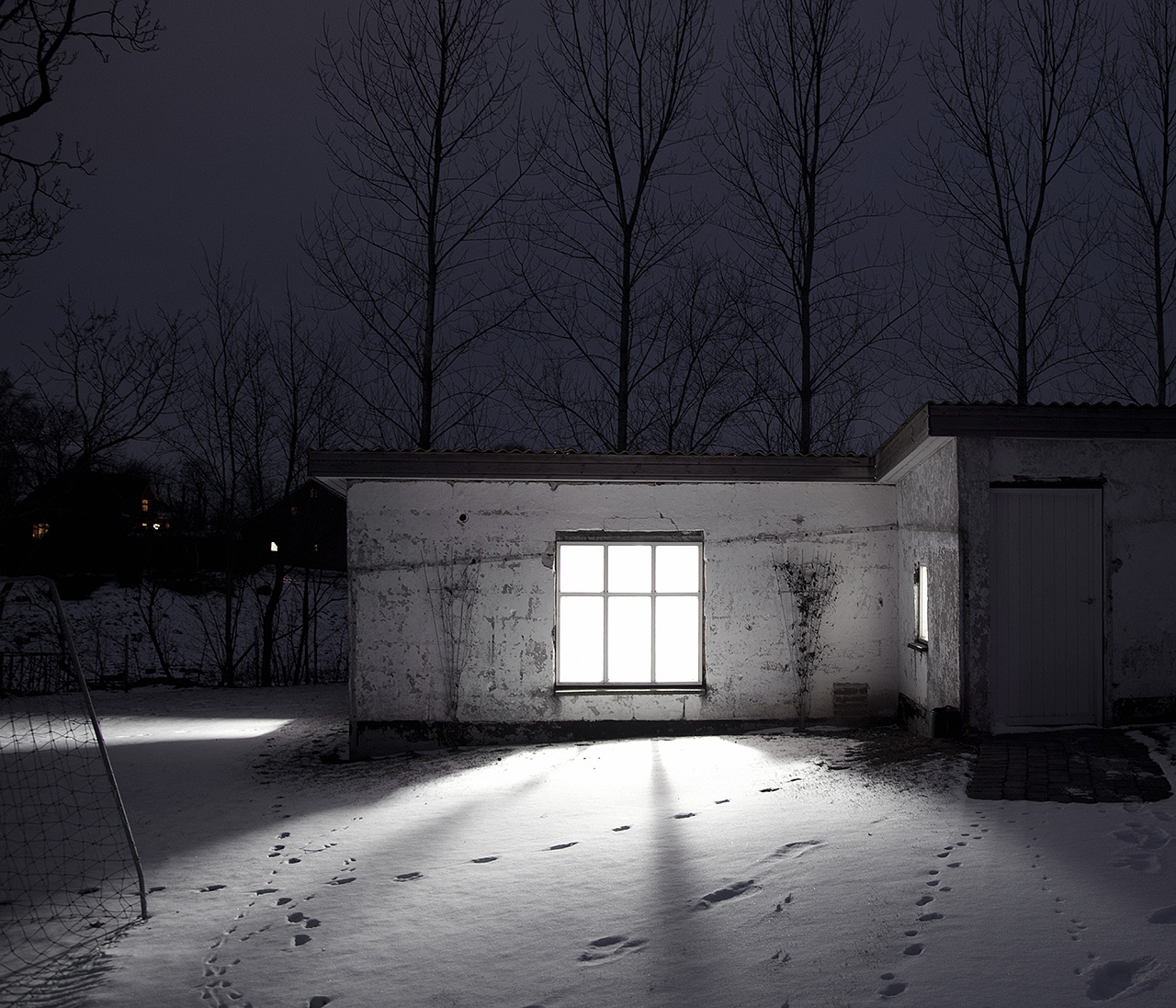

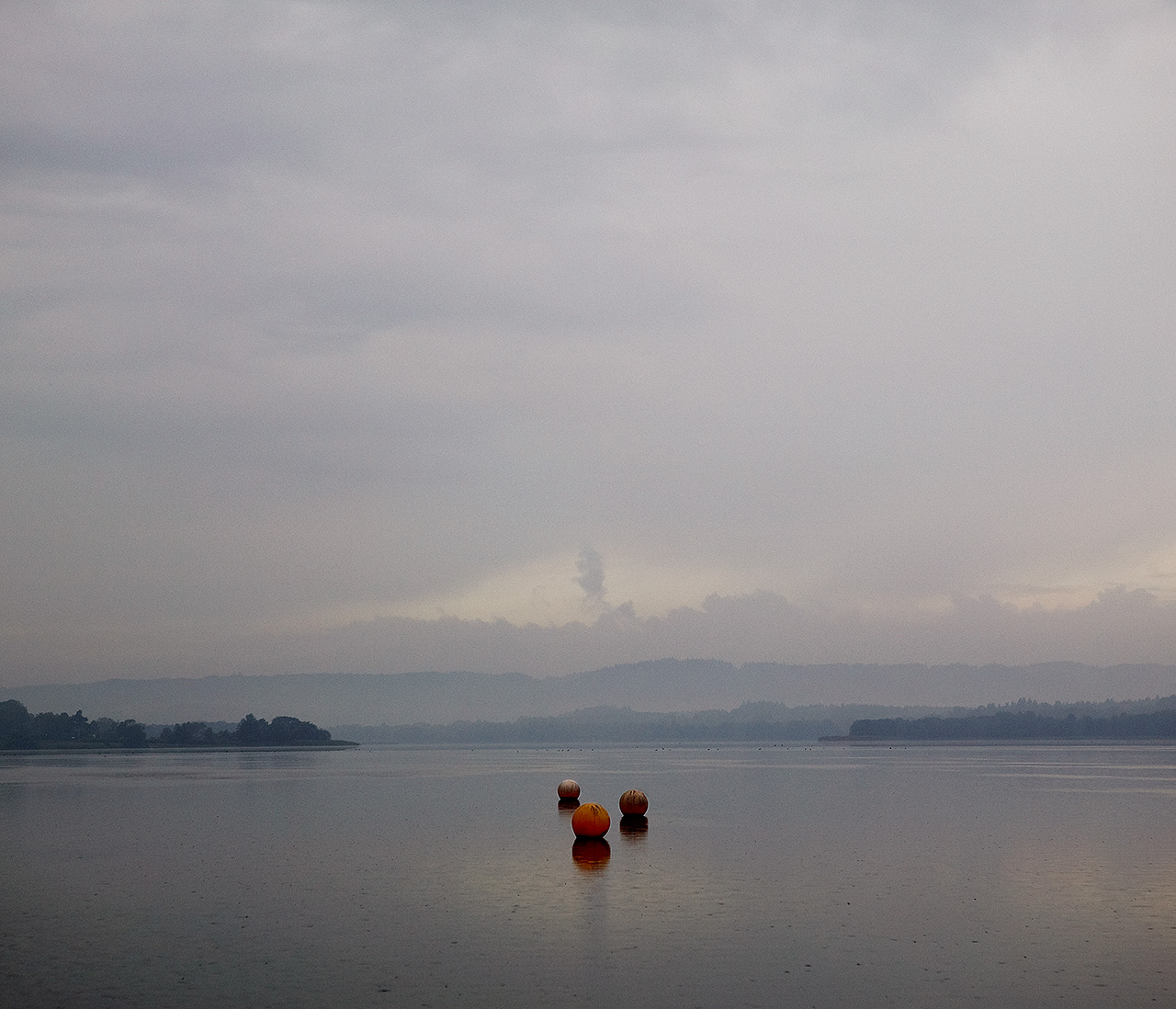
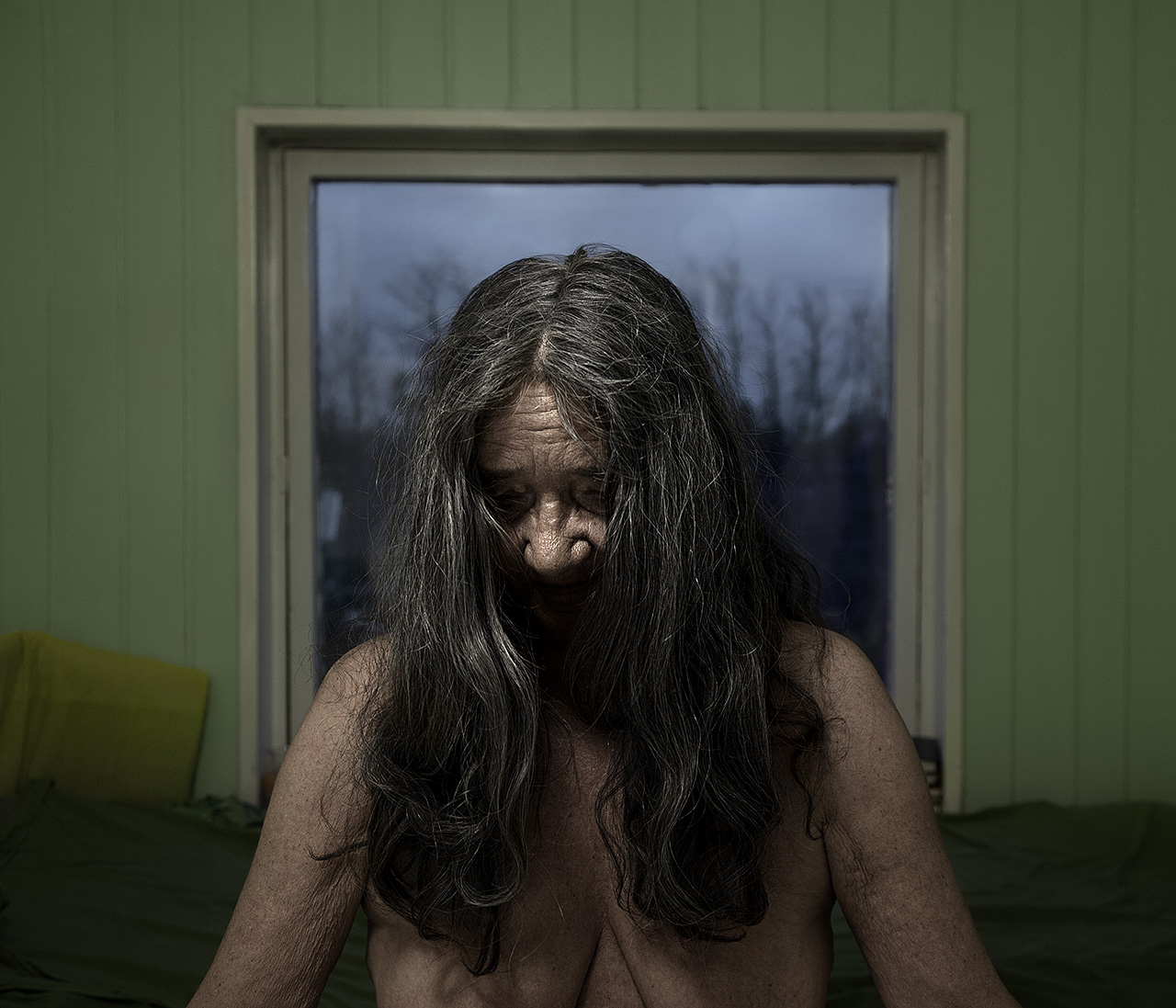


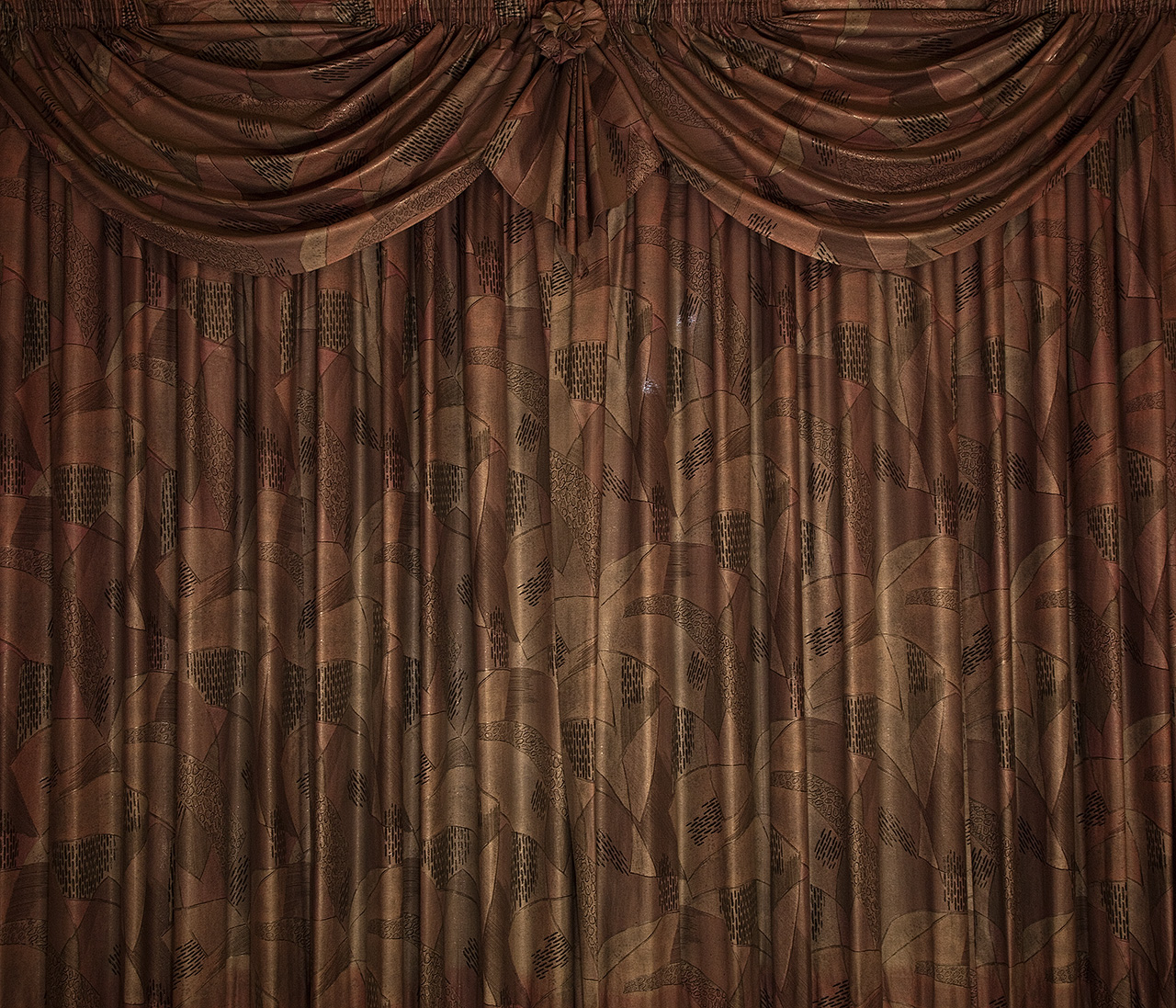

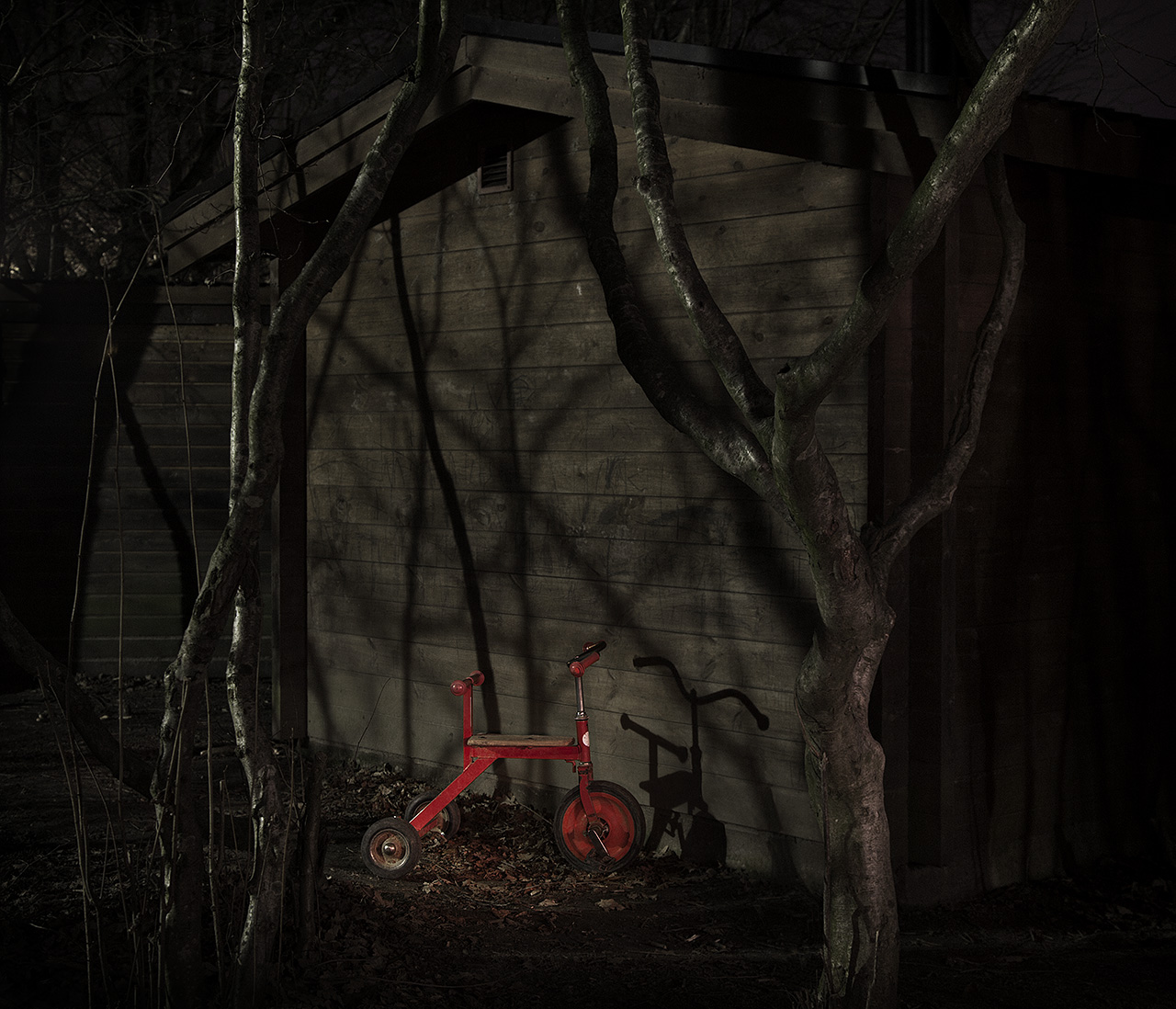
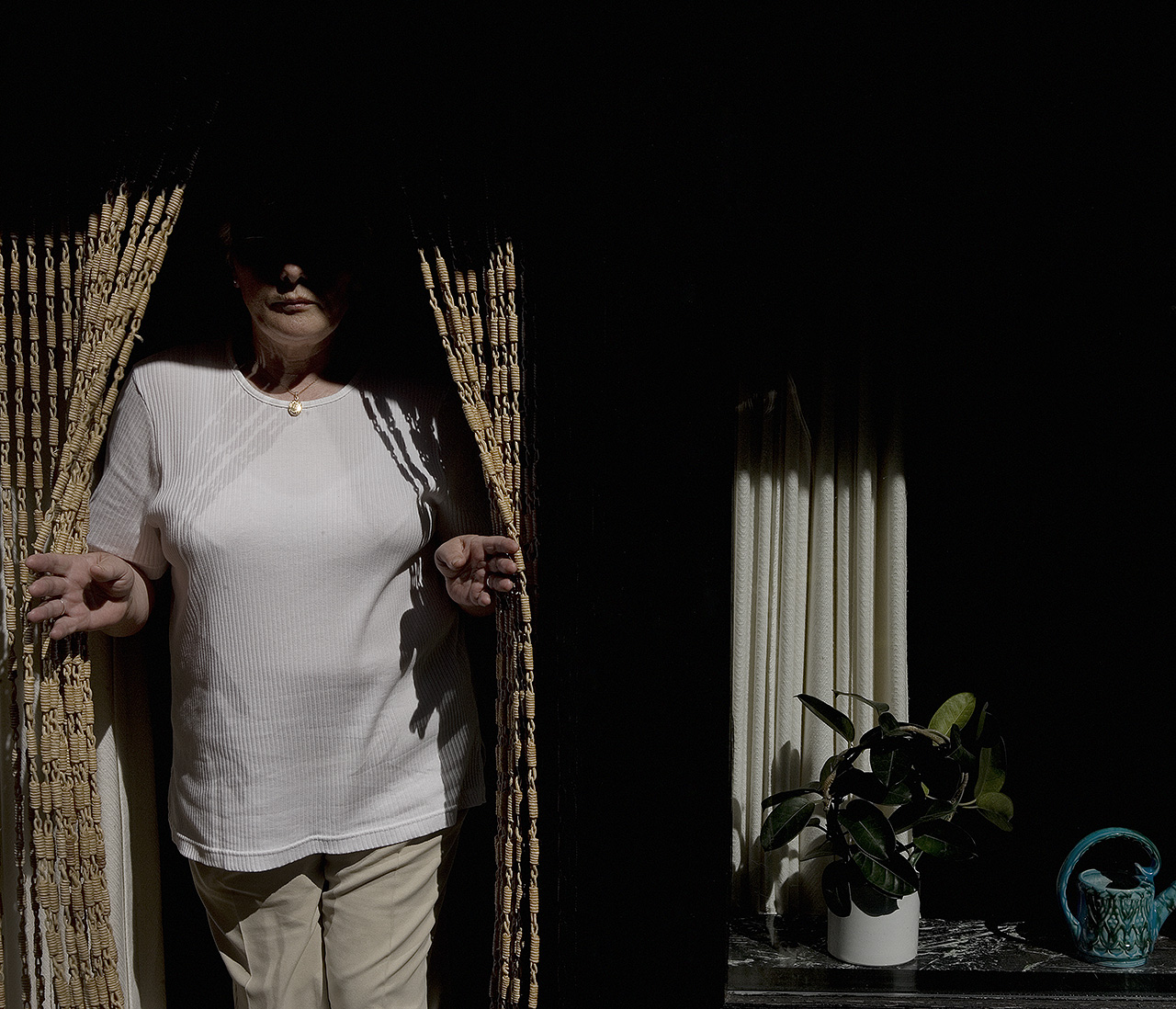

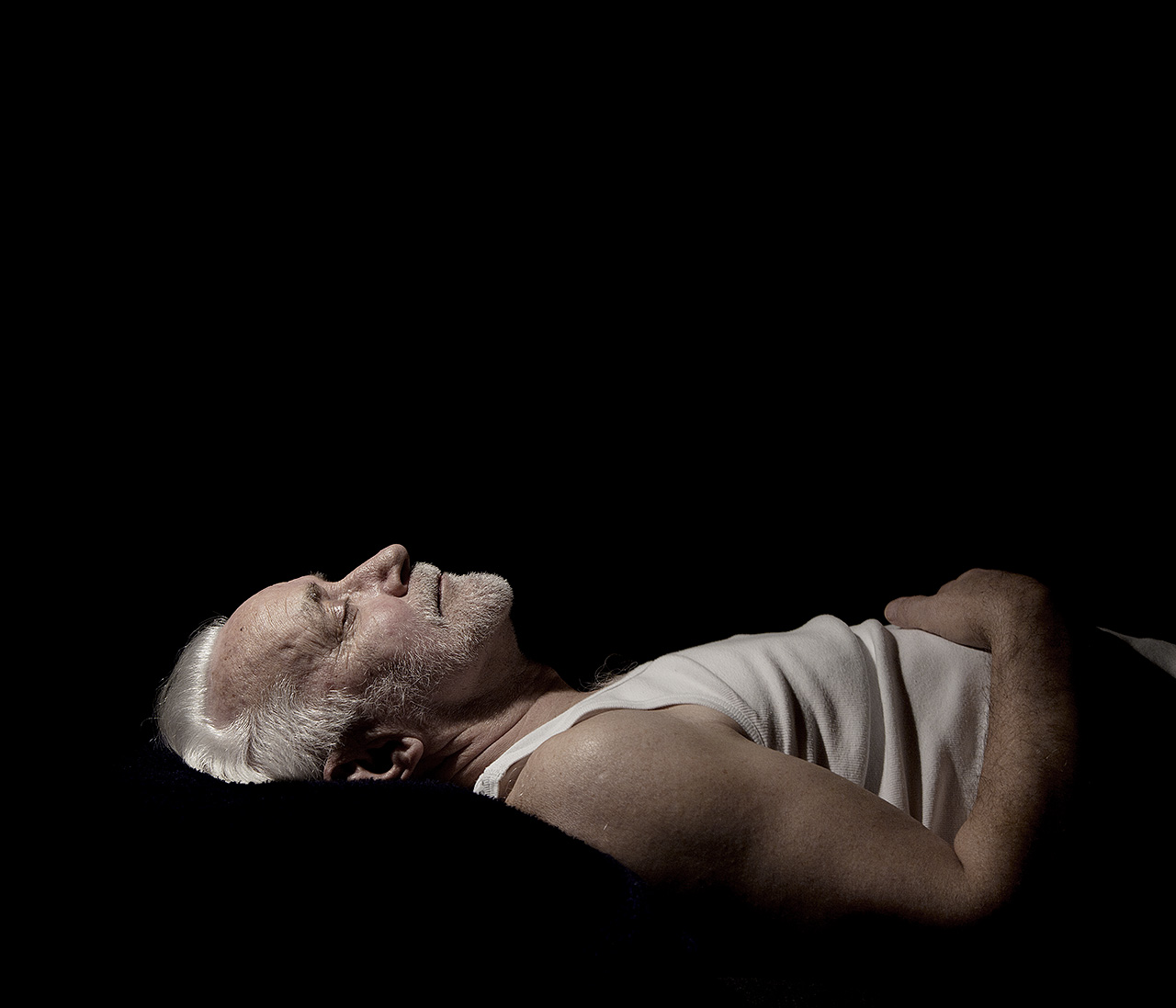

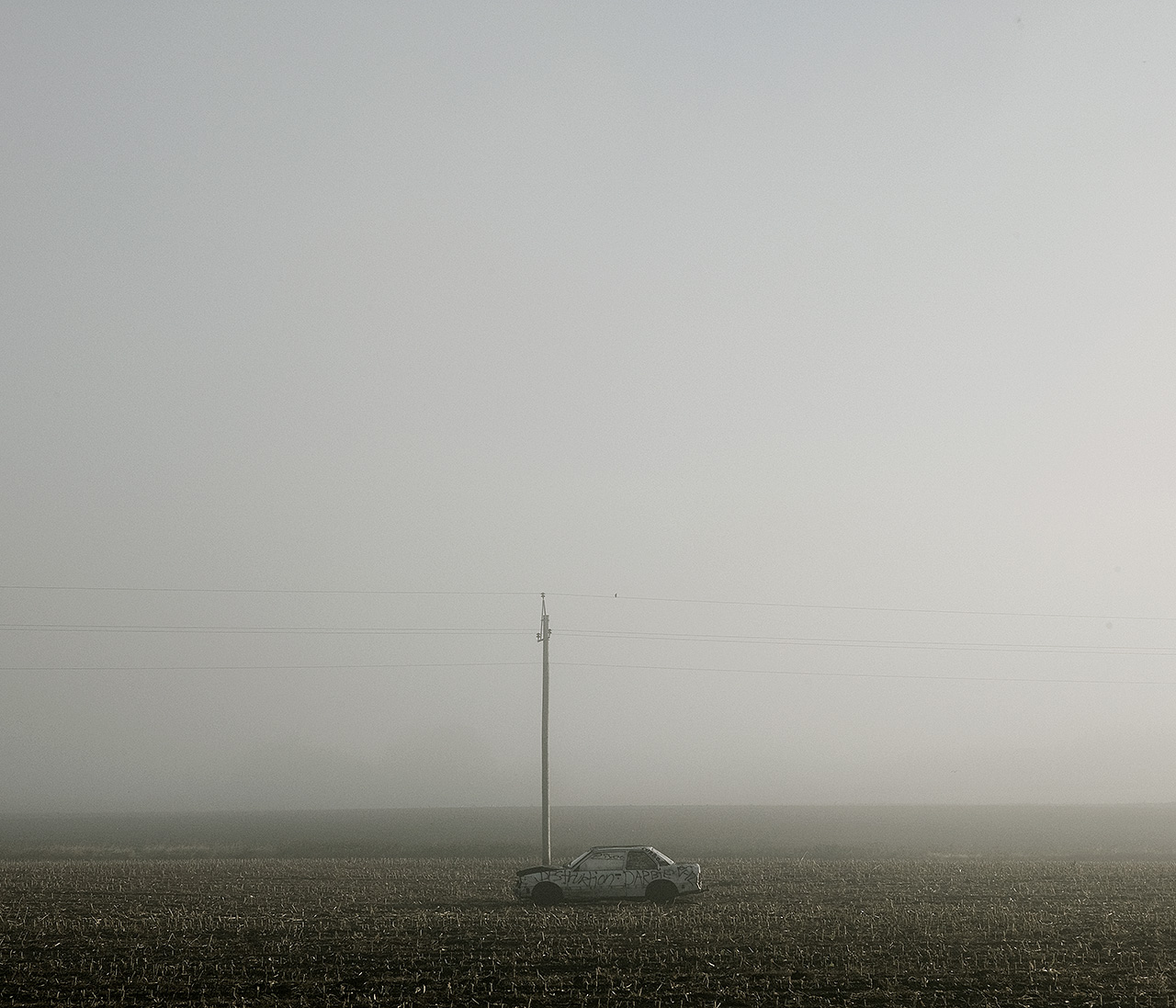
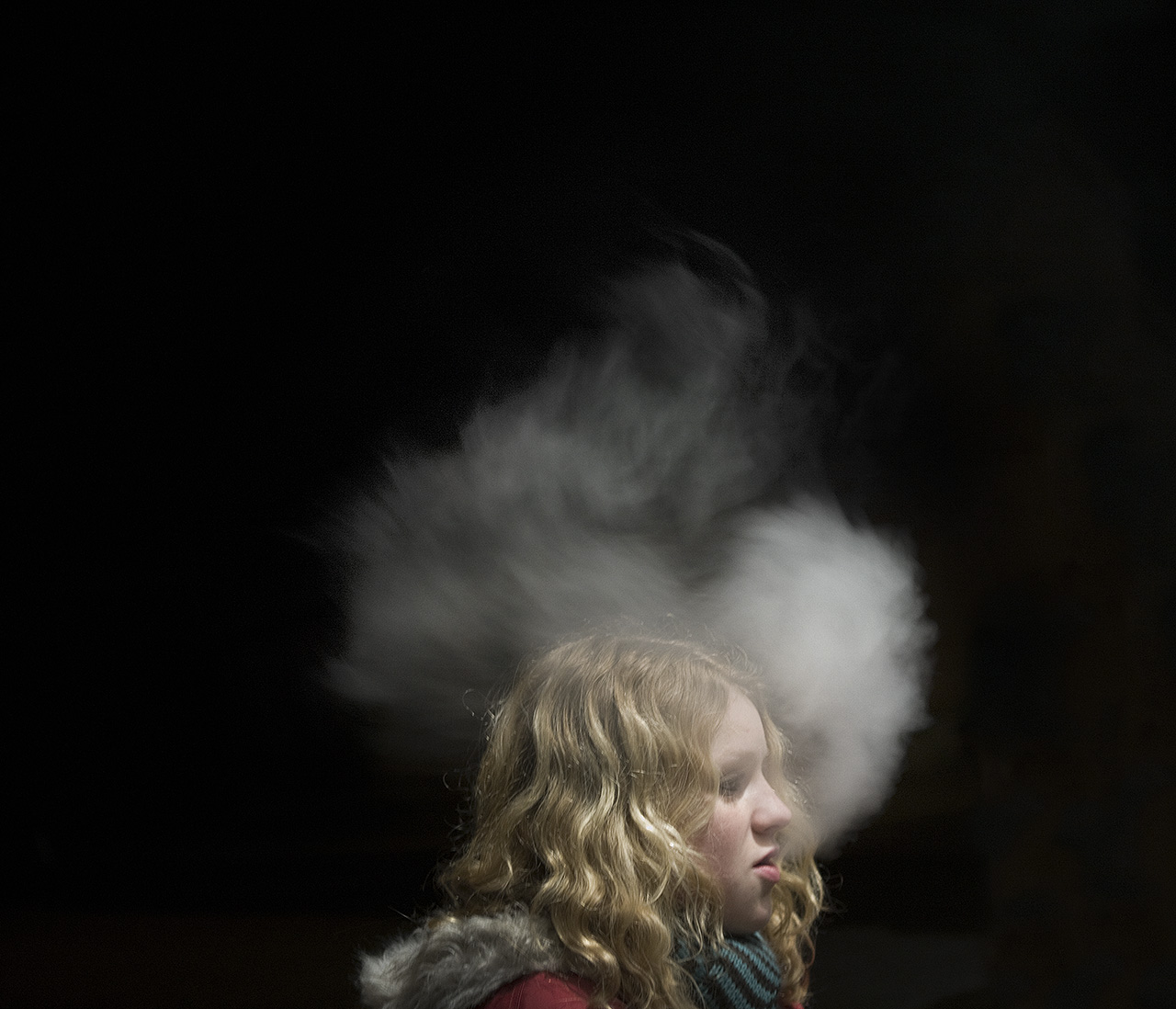
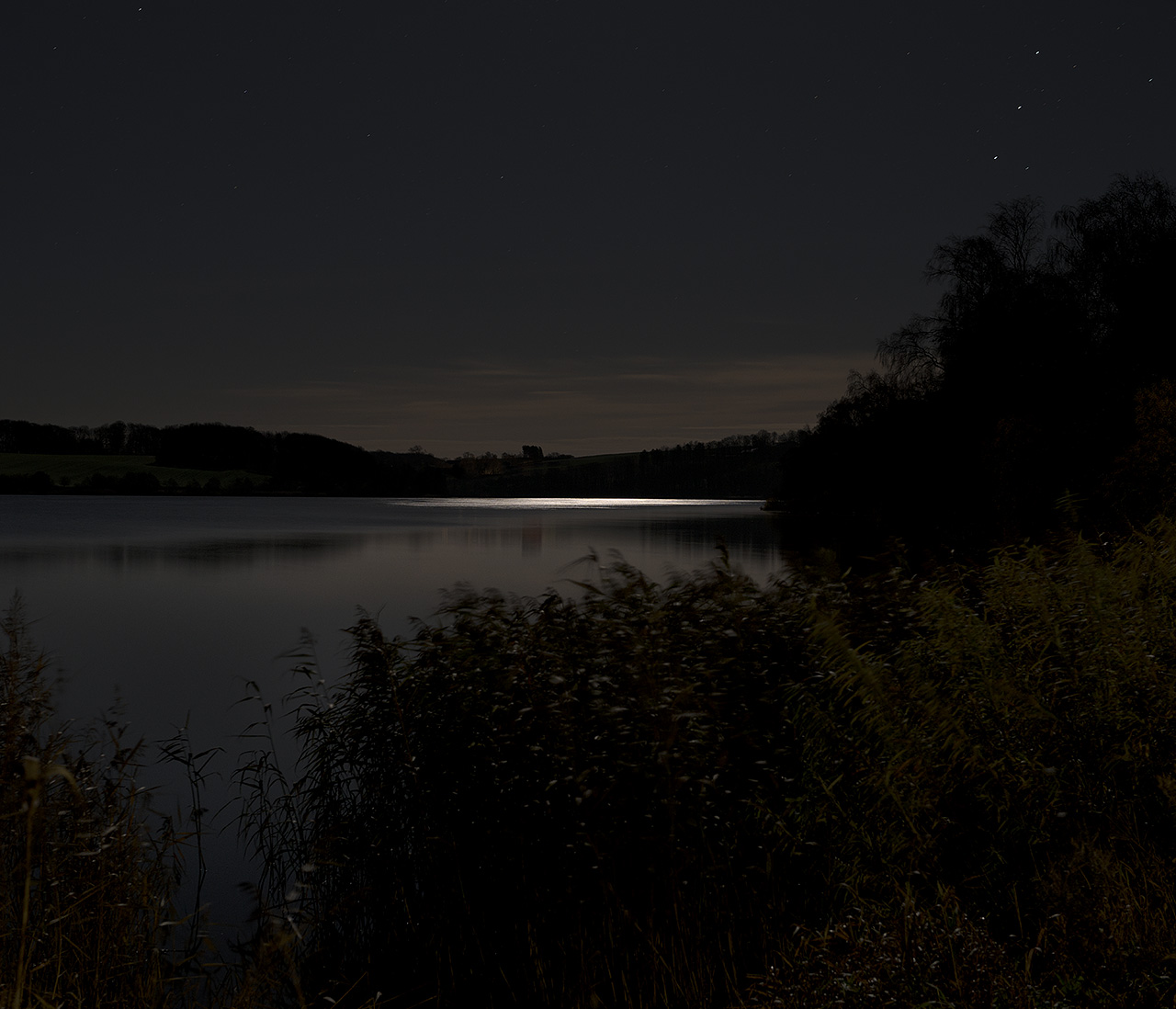
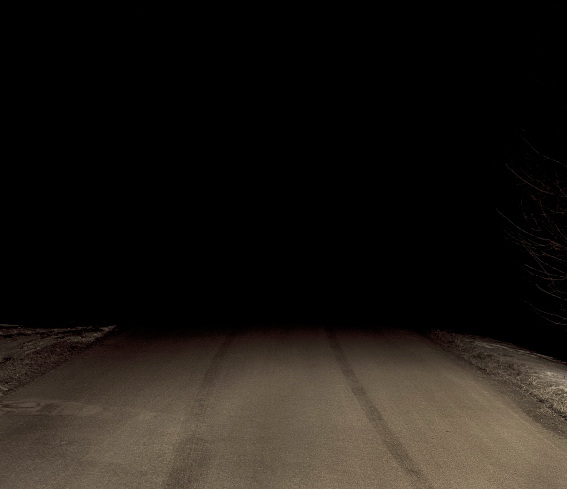
More Must-Reads from TIME
- Why Trump’s Message Worked on Latino Men
- What Trump’s Win Could Mean for Housing
- The 100 Must-Read Books of 2024
- Sleep Doctors Share the 1 Tip That’s Changed Their Lives
- Column: Let’s Bring Back Romance
- What It’s Like to Have Long COVID As a Kid
- FX’s Say Nothing Is the Must-Watch Political Thriller of 2024
- Merle Bombardieri Is Helping People Make the Baby Decision
Contact us at letters@time.com